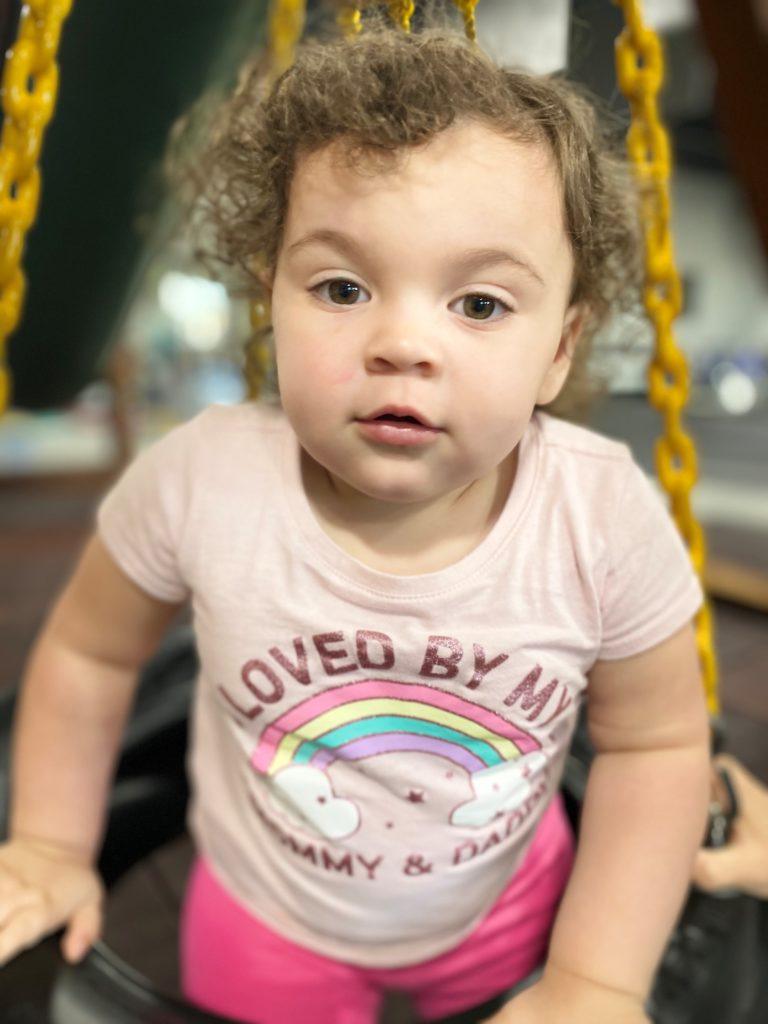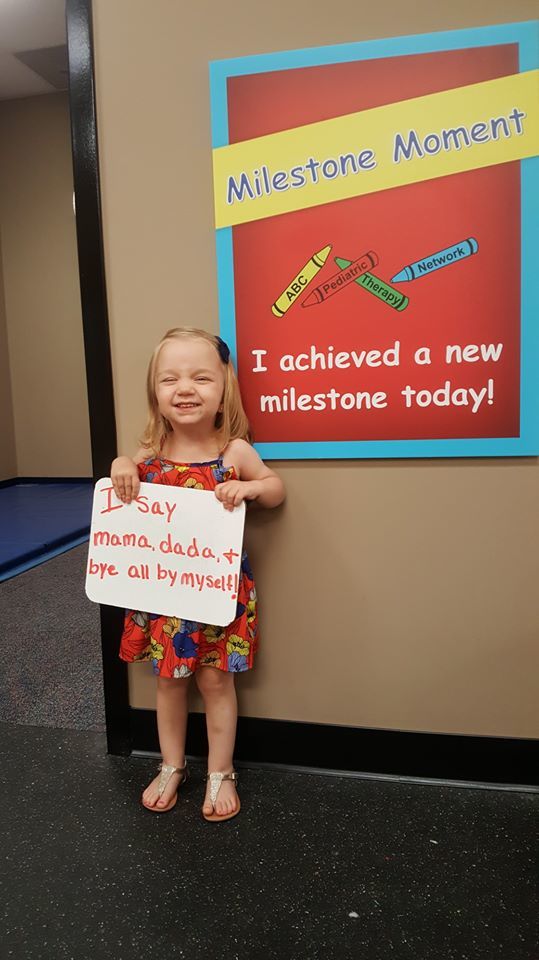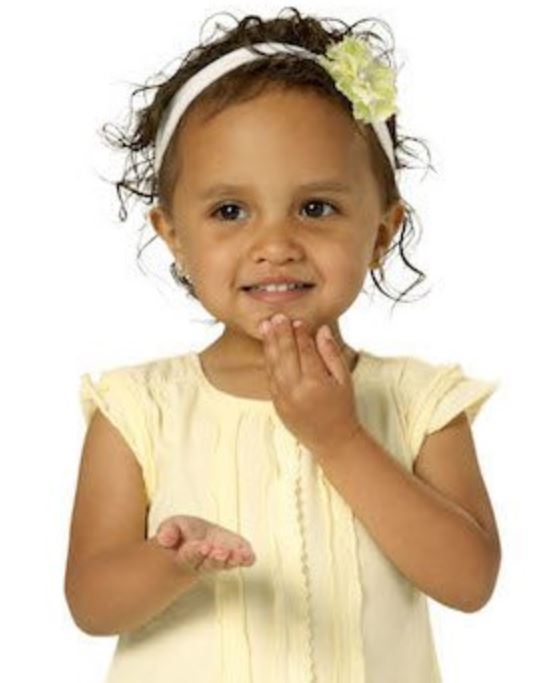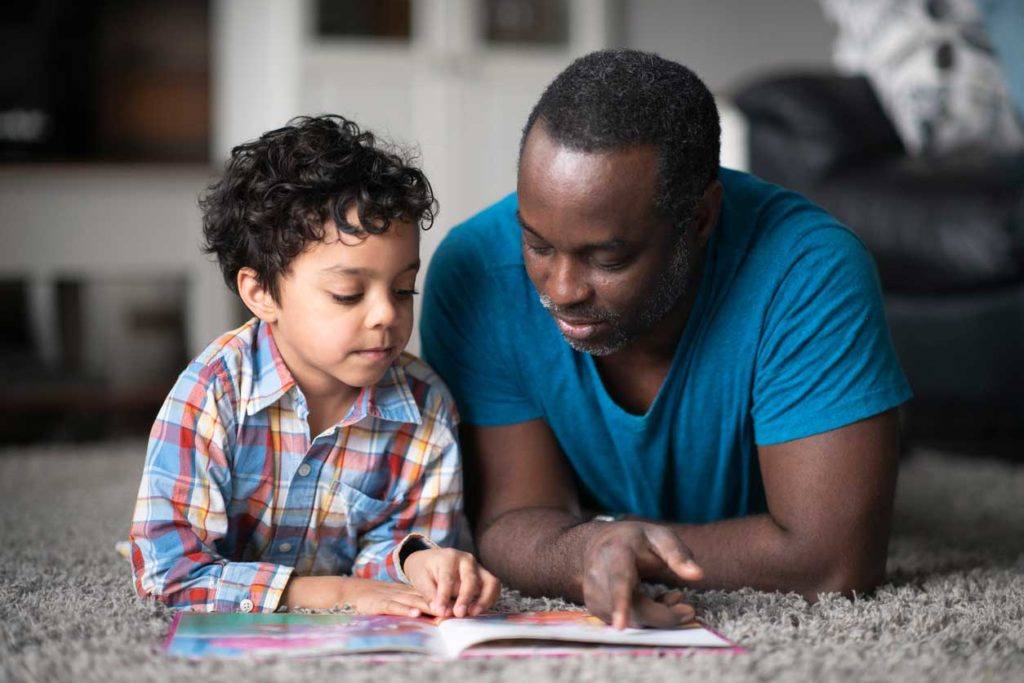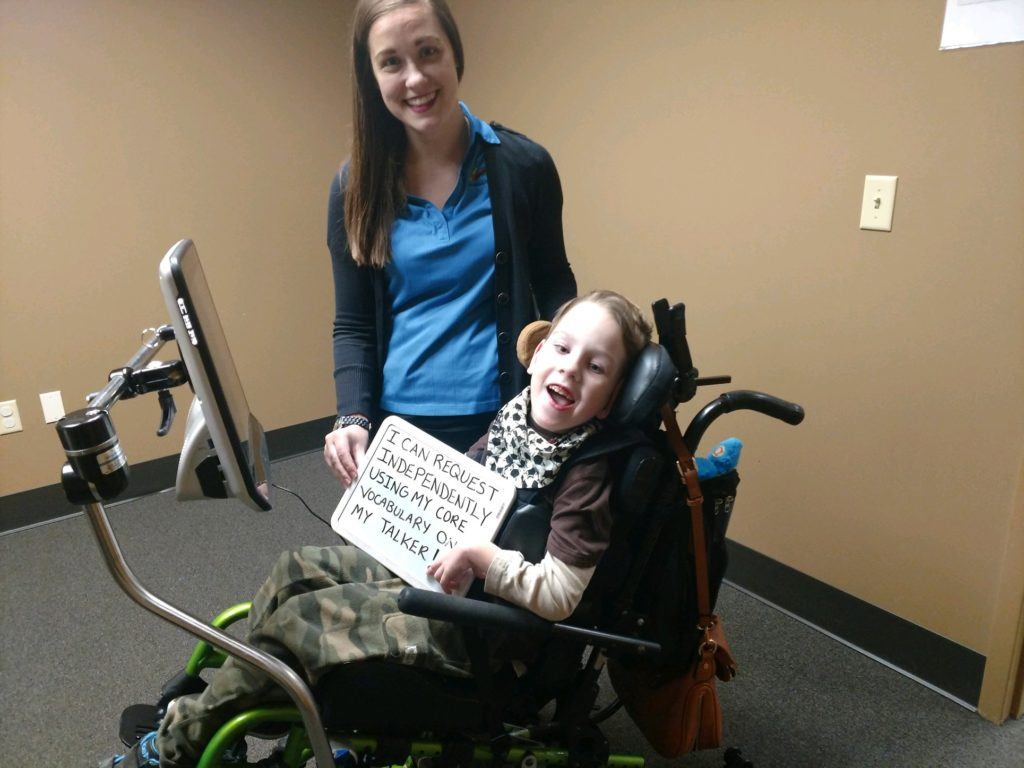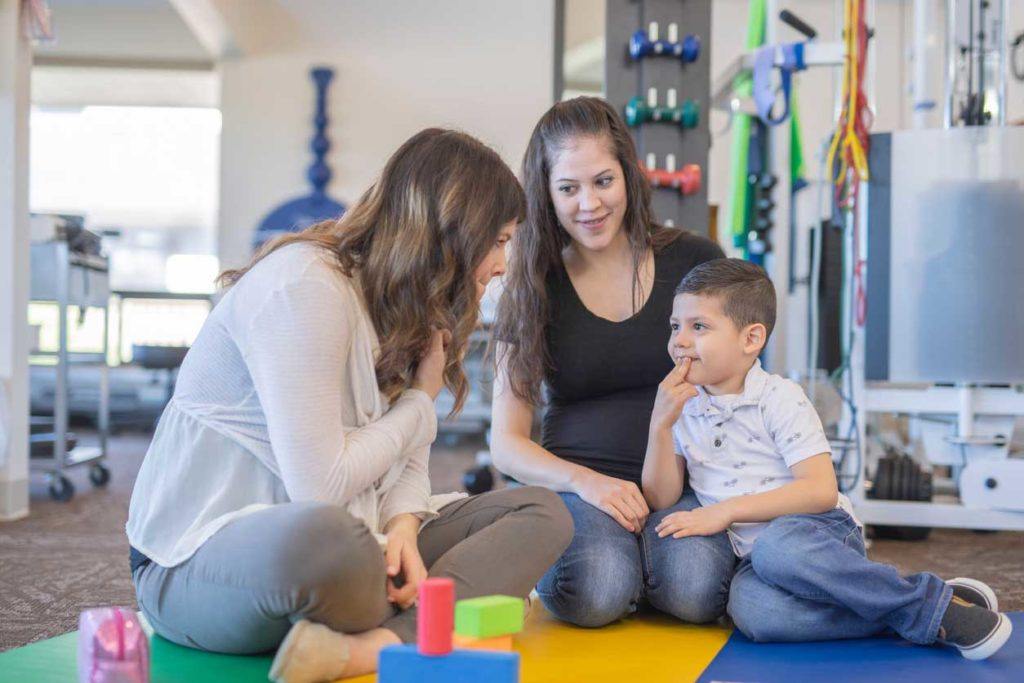Language
How Do We Communicate? LANGUAGE!
Expressive
- Putting thoughts into words
- Commenting
- Requesting
- Grammar
- Written expression
Receptive
- Comprehension of what is said
- Understanding concepts
- Following directions
- Understanding vocabulary
- Understanding written language
Promoting a Language Enriched Environment
- Narrating everyday tasks (i.e. bath time, bedtime, eating dinner)
- Using simple and clear speech with your child
- Withholding objects until your child requests
- Give your child processing time to understand what you are asking of him/her
- Give choices- Do you want the ball or book?
- Get on their level- during play, make sure you are sitting down with the child to maintain eye contact and allow the child to look at your mouth when modeling words and speech sounds
- Remove distractions from play- turn off phone and give all your attention to your child!
- Read to your children! Make it interactive, you can even create stories given the pictures in the book to increase vocabulary
- Name everything in their world – tree, car, boy, dog
- Be specific in your naming. For example, do not call all shoes, shoes. But use words like boots, sandals, slippers, gym shoes, flip flops, heels etc. This helps to expand vocabulary.
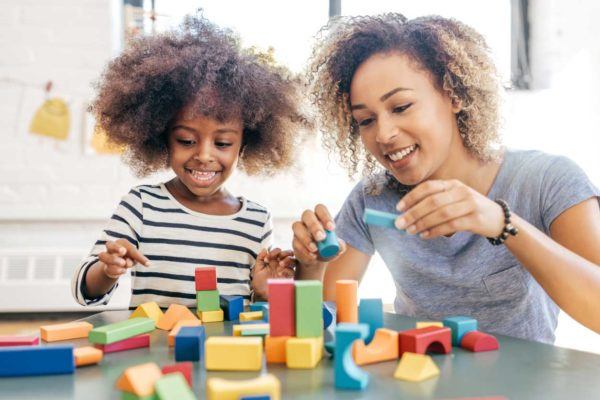
Verbal Expression and Spoken Words
We all want our children to use words to tell us what they want! It can be frustrating for both the parent and child when your kiddo is unable to express their basic wants and needs. From our first words to generating sentences, it is critical we use our words to express our intentions and thoughts. Our speech therapists can give parents and children techniques to elicit language and increase vocabulary.
Be sure to check our speech and language development checklist to ensure your child is on his/her way to communicative success! Try our developmental checklist for children ages 1 – 6 years.
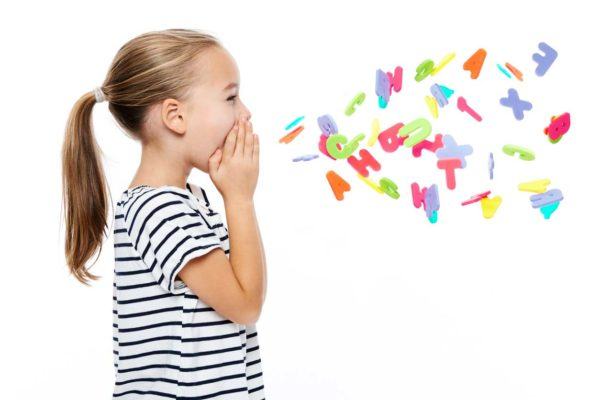
Being unable to express basic wants and needs can result in frustration.
Delays in language are often demonstrated by a child throwing a temper tantrum.
- Your child is communicating by acting out because they do not have the words to tell you how they feel.
Your child may bite other children
- Your child learns quickly if I want the toy and cannot find the language to ask for the toy I can get it immediately by biting.
Lack of Attention
- Children become distracted easily if they do not have the language to participate in the conversation
Although a child may not talk, developing a system to communicate is crucial for reducing frustration and promoting safety and independence.
Ways to Facilitate Communication Non-verbally
Sign Language
Not specifically American Sign Language; however, it has a strong influence on the signs we use. As long as a child is using a gesture consistently, it can be communicative.

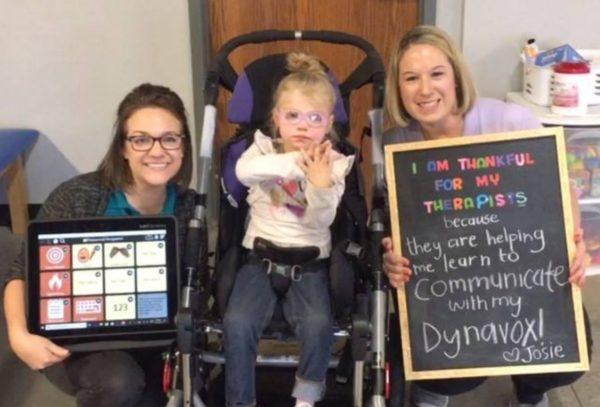
Augmentative & Alternate Communication (AAC)
NON-SPEECH GENERATING
- Picture Exchange Communication System (PECS)
- Rapid Prompting Method (RPM)
SPEECH GENERATING
- Ipads with touchchat, proloquotogo, snap core , and LAMP
- Speech Generating devices with Novachat, LAMP and snapcore using hands, head tracking and eye gaze
Success Story - Ollie
Ollie’s mom says: “It was difficult for my son when he couldn’t verbally express what he wanted or needed. It left all of us feeling frustrated and exhausted! Through the work at ABC, he now tells us what he wants and we understand! His face lights up with a huge smile because he can now communicate with us!”

Milestone Moment - Natalie
When Natalie began speech therapy, she was using her device only when prompted. She now uses her device when she wants to communicate independently. Natalie used to use single words and a few words at a time to tell her family, teachers, and peers what she wanted. She is now using 8-word sentences on her device by herself! Way to go, Natalie!
Through steady improvement, your child can attain a boost of confidence.
Help your child find new levels of independence with pediatric therapy in Cincinnati and Dayton, OH.
 Skip to content
Skip to content
